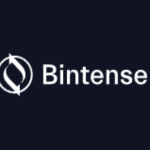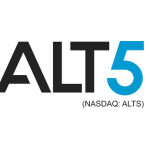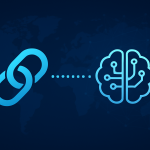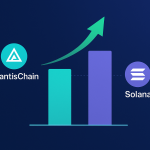AI
Web3: The Future Of The Internet Or A Fad?
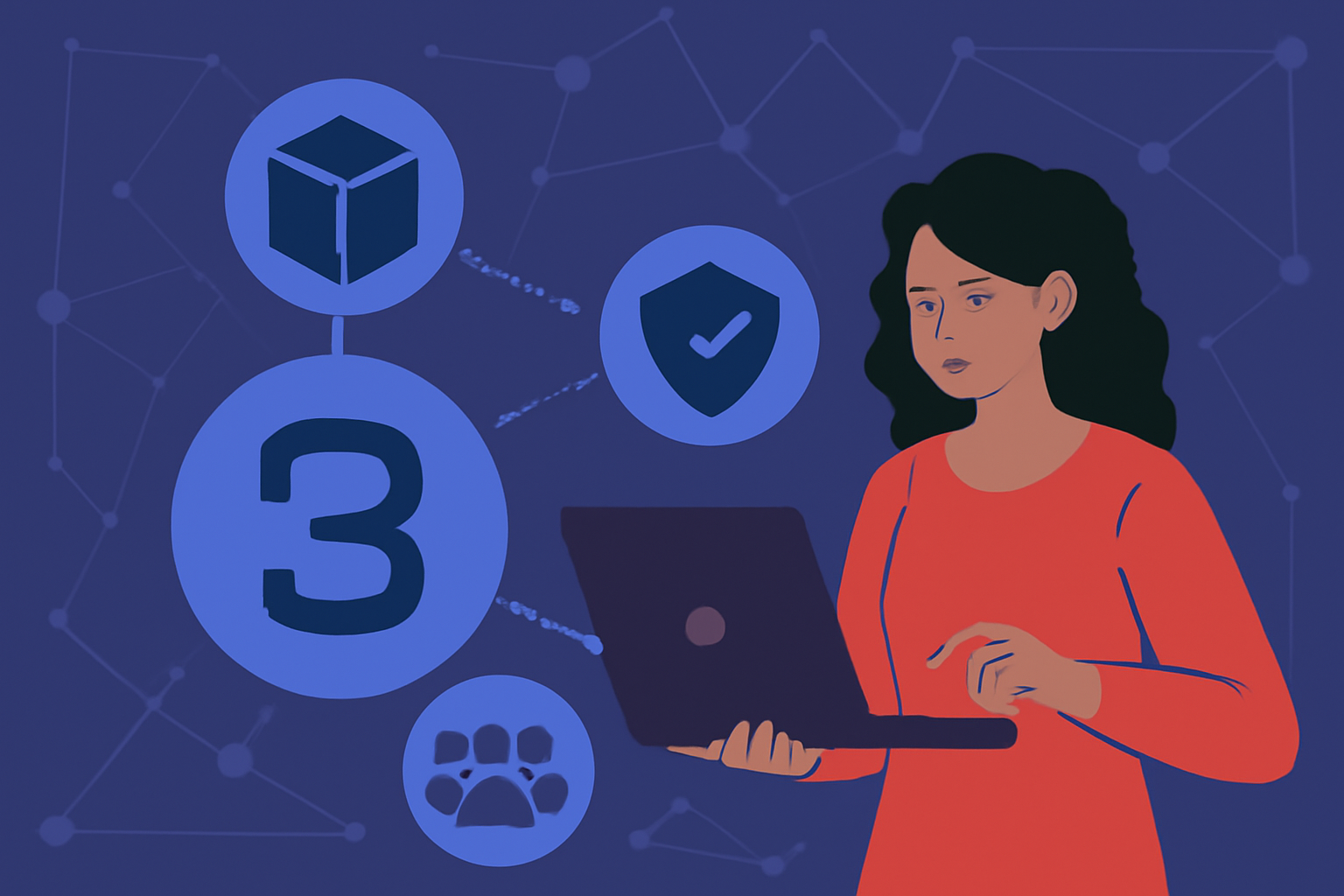
Introduction
The internet has evolved drastically over the past few decades. From its humble beginnings as a static, centralized network, it has transformed into a dynamic, interactive platform that connects billions of people worldwide. However, as we move forward into the next phase of the internet, we are encountering the rise of a new paradigm — Web3. But, the question remains: Is Web3 the future of the internet or just another passing trend?
In this article, we explore the concept of Web3, its decentralized nature, the promises it holds, and the challenges it faces. Through this deep dive, we will understand whether Web3 is a genuine technological revolution or merely a passing fad that will fade with time.
Understanding Web3: A New Era For The Internet
The Evolution of the Internet: From Web1 to Web2 and Beyond
Before diving into Web3, it’s crucial to understand where we’re coming from. The internet as we know it has gone through several stages of evolution:
Web1 (The Static Web): In the early days of the internet, websites were simple and static. They were informational and read-only, with minimal interaction between users and websites. These early days of the web were defined by basic HTML pages and limited user engagement.
Web2 (The Social Web): The arrival of Web2 marked a significant shift in how we interacted with the internet. This new phase was characterized by interactive, user-generated content. Platforms like Facebook, YouTube, Twitter, and Instagram empowered users to create, share, and consume content. Web2 is centered around centralization, with large tech companies like Google, Amazon, and Facebook controlling most of the data and digital interactions.
Web3 (The Decentralized Web): Web3 aims to decentralize control from major corporations and return power to users. Built on blockchain technology, Web3 promotes transparency, security, and autonomy. Unlike its predecessors, Web3 uses decentralized protocols to enable trustless interactions and eliminate the need for central authorities.
What Makes Web3 Different from Web2?
At its core, Web3 is centered on the idea of decentralization. Unlike Web2, where data and applications are typically controlled by centralized entities, Web3 utilizes blockchain technology and peer-to-peer networks to give users more control over their data and digital identities. Let’s explore some of the key differences between Web3 and Web2:
Decentralization: In Web3, power is distributed across a network of nodes rather than concentrated in the hands of a few corporations. Blockchain technology allows for the creation of decentralized applications (dApps), where users retain control over their data and interactions without relying on a central authority.
Ownership and Control: Web3 gives users full ownership of their digital assets and personal data. Through the use of wallets, cryptocurrencies, and NFTs, users can own and control their assets in a way that Web2 never allowed.
Trustless Interactions: In Web2, trust is placed in intermediaries like banks, social media platforms, and e-commerce sites. In Web3, interactions are trustless, meaning users can engage directly with each other without relying on intermediaries. Smart contracts, powered by blockchain, ensure that agreements are executed automatically when predefined conditions are met.
Privacy and Security: Web3 promotes enhanced privacy and security. Users have control over their personal data and can choose which information to share. Decentralized identifiers (DIDs) and cryptographic protocols are used to secure identities and transactions, reducing the risk of data breaches and identity theft.
The Potential Of Web3: How It Could Revolutionize The Internet?
Web3 holds immense potential in transforming various sectors of the digital world. Its decentralized nature opens up new possibilities for businesses, users, and governments alike. Here are some of the ways Web3 could revolutionize the internet:
1. Decentralized Finance (DeFi)
One of the most significant applications of Web3 is in the field of Decentralized Finance (DeFi). Traditional financial systems rely on intermediaries such as banks, brokers, and insurers to facilitate transactions. DeFi, on the other hand, allows individuals to engage in financial activities such as lending, borrowing, trading, and investing without the need for traditional institutions.
Blockchain-based protocols like Ethereum and Polkadot enable the creation of decentralized finance applications (dApps) that operate autonomously and transparently. With DeFi, users can access financial services globally, even in regions where traditional banking infrastructure is lacking.
2. Non-Fungible Tokens (NFTs)
Another exciting development in Web3 is the rise of Non-Fungible Tokens (NFTs). NFTs are unique digital assets that represent ownership or proof of authenticity of a particular item, whether it be art, music, or virtual real estate. In Web3, NFTs enable creators to tokenize their work and retain control over their intellectual property.
The NFT market has exploded in recent years, with high-profile sales of digital artwork and collectibles making headlines. Web3 allows creators to monetize their work directly, without the need for intermediaries like galleries or auction houses.
3. Web3 and Decentralized Social Media
In the age of Web2, social media platforms like Facebook, Twitter, and Instagram dominate online communication and content sharing. However, these platforms are centralized, meaning they control user data and can censor content.
Web3 aims to create decentralized social media platforms where users have control over their data and content. Platforms like Steemit and Mastodon are already experimenting with decentralized alternatives to traditional social media, allowing users to maintain ownership of their content and interact without fear of censorship.
4. Decentralized Autonomous Organizations (DAOs)
Another key feature of Web3 is the rise of Decentralized Autonomous Organizations (DAOs). DAOs are blockchain-based organizations that operate without centralized leadership. Instead, decisions are made through a system of smart contracts and community voting.
DAOs allow for democratic governance of projects, where every member has a say in the direction and decisions of the organization. This model is especially appealing for communities and businesses that want to operate without the traditional hierarchical structure.
5. Privacy and Data Sovereignty
Web3 empowers users to regain control over their personal data. In the Web2 era, large companies harvest vast amounts of user data for advertising purposes, often without clear consent. Web3 enables data sovereignty, where users have the ability to own, control, and monetize their data.
Through decentralized identity solutions and privacy-preserving technologies like zero-knowledge proofs, Web3 can create a more private and secure internet experience.
The Challenges Facing Web3 Adoption
Despite its promising potential, Web3 faces significant challenges that could hinder its widespread adoption:
1. Scalability Issues
Blockchain technology, which underpins Web3, faces scalability challenges. Most blockchain networks can process only a limited number of transactions per second, which can lead to slow and costly transactions during periods of high demand. While projects like Ethereum 2.0 and Layer-2 solutions are addressing these issues, scalability remains a significant hurdle for Web3 applications.
2. User Experience (UX)
The user experience in Web3 applications is still in its infancy. Many decentralized applications (dApps) are difficult to use, requiring users to interact with complex wallets, private keys, and blockchain networks. For Web3 to gain mainstream adoption, it needs to offer a seamless and intuitive user experience similar to what we see in Web2 applications.
3. Regulatory Concerns
The decentralized nature of Web3 presents significant challenges for regulators. Governments around the world are grappling with how to regulate decentralized platforms, cryptocurrencies, and NFTs. While Web3 promises to eliminate the need for intermediaries, it also raises concerns about money laundering, fraud, and the lack of consumer protection.
4. Interoperability
For Web3 to reach its full potential, different blockchain networks and dApps must be able to communicate and work together. Interoperability between blockchains is a major challenge, as many Web3 projects are built on different technologies and protocols. Solutions like Polkadot and Cosmos are working to address this issue, but interoperability remains a critical barrier to Web3 adoption.
Is Web3 The Future Or Just A Fad?
Web3 has undoubtedly shown immense promise, with its decentralized vision offering a new way for users to interact with the internet. However, its widespread adoption will depend on overcoming several key challenges, including scalability, user experience, regulatory hurdles, and interoperability.
While it’s still too early to say whether Web3 will become the dominant paradigm for the internet, it certainly has the potential to reshape the digital landscape. As blockchain technology matures, and as more users and developers engage with decentralized platforms, we may soon find ourselves transitioning into the era of Web3.
Web3 is not without its risks, but it’s clear that it represents a significant step forward in the evolution of the internet. Whether it will ultimately succeed or fade away as a passing trend remains to be seen, but its impact on the digital world will undoubtedly be felt for years to come.
Conclusion
Web3 holds great promise in reshaping the internet, empowering users with more control over their data and online interactions. However, for it to realize its full potential, the challenges surrounding scalability, user experience, and regulation must be addressed. Whether Web3 is truly the future or just a fleeting trend will depend on how these obstacles are overcome in the coming years.




